Up Next

Vincenzo Sospiri’s Formula 1 record consists of ‘one entry, zero starts and zero points’ but that undersells both his journey to the top of the sport and his remarkable 1997 season.
That one-off F1 appearance came with the infamous, doomed Lola project. Yet just two months after failing to qualify for the Australian Grand Prix, he was starting on the front row at the Indianapolis 500.
Sospiri’s efforts to reach F1 followed the path many had gone down before. Having graduated from karting as a world champion in 1987, he won the coveted Formula Ford Festival title the following year and reached Formula 3000 in 1991, partnering Damon Hill in Eddie Jordan’s team.
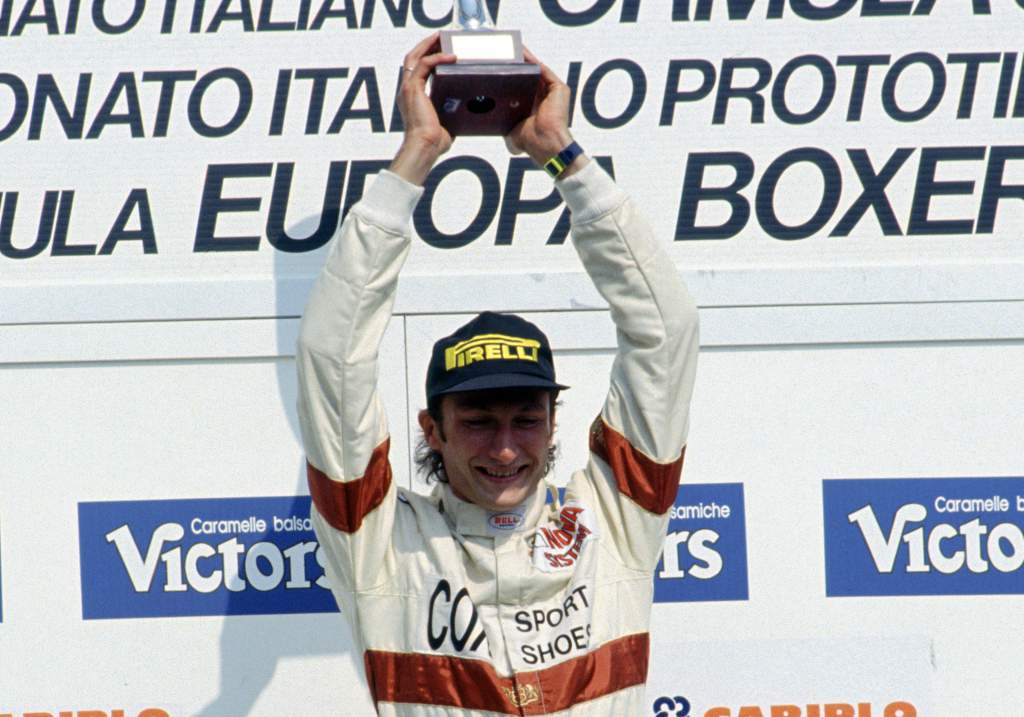
Three years later, Sospiri looked to have secured his ascension to the top table after testing with Simtek on the eve of the 1994 season. A lack of budget scuppered his chances, and the seat went to Roland Ratzenberger, who tragically lost his life at Imola that year.
Sospiri did another year of F3000 and won the title for Super Nova in 1995 before securing a Benetton test driver role when a planned race seat with Ligier went the way of the better funded Pedro Diniz.
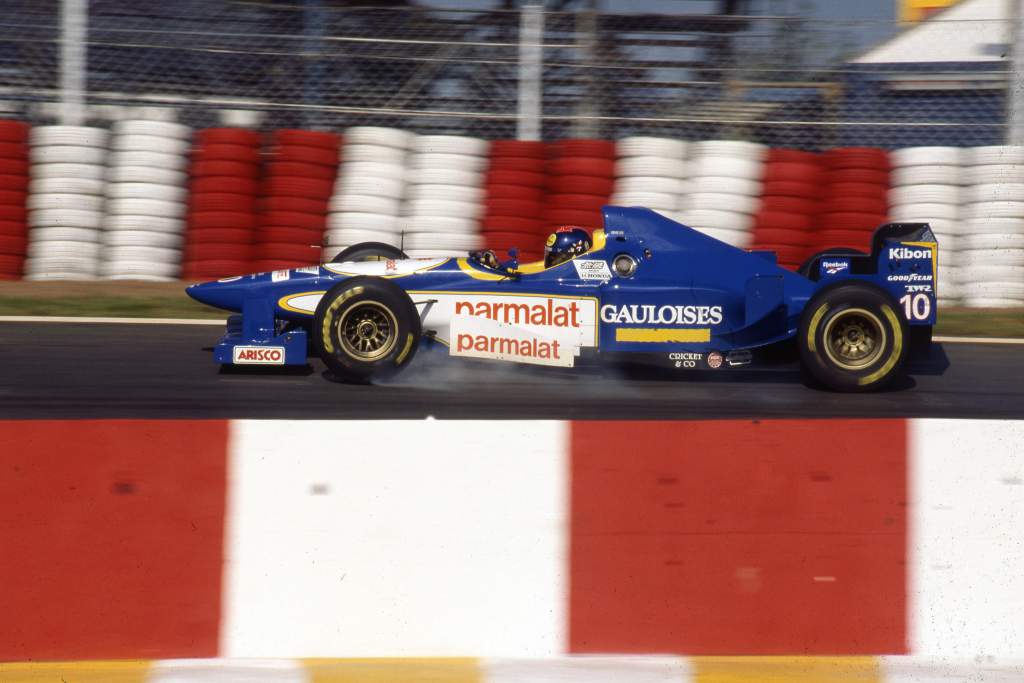
As Sospiri explains, his initial failure to reach F1 felt, at the time, like just a momentary blip in an inevitable progression.
“I never got a fair chance in F1,” Sospiri tells The Race with a mix of frustration and good humour.
“In 1994, I tested with Simtek and at the end of 1995, I tested the Ligier-[Mugen-]Honda at Mugello.
“That test went very well and there was the opportunity to drive for them in 1996, but the seat got taken by Diniz who brought quite a lot of money from Paramalat.
The title of ‘F1 test driver’ by this stage had become something of a badge of honour for drivers
“[Flavio] Briatore then signed me to be test driver with Benetton, which was a great experience and made me ready to move to a race seat.
“We had Pat Symonds, Ross Brawn, Briatore, a lot of very good engineers too. There was so much experience in the car to develop the car, and I think I did something like 26 test days with them that year.
“It was an incredible year. And being next to [Gerhard] Berger, who had been in F1 for a long time, it was amazing to understand what F1 was about. Because I was testing so much, I progressed a lot during the year and I became a much better driver thanks to this year.”
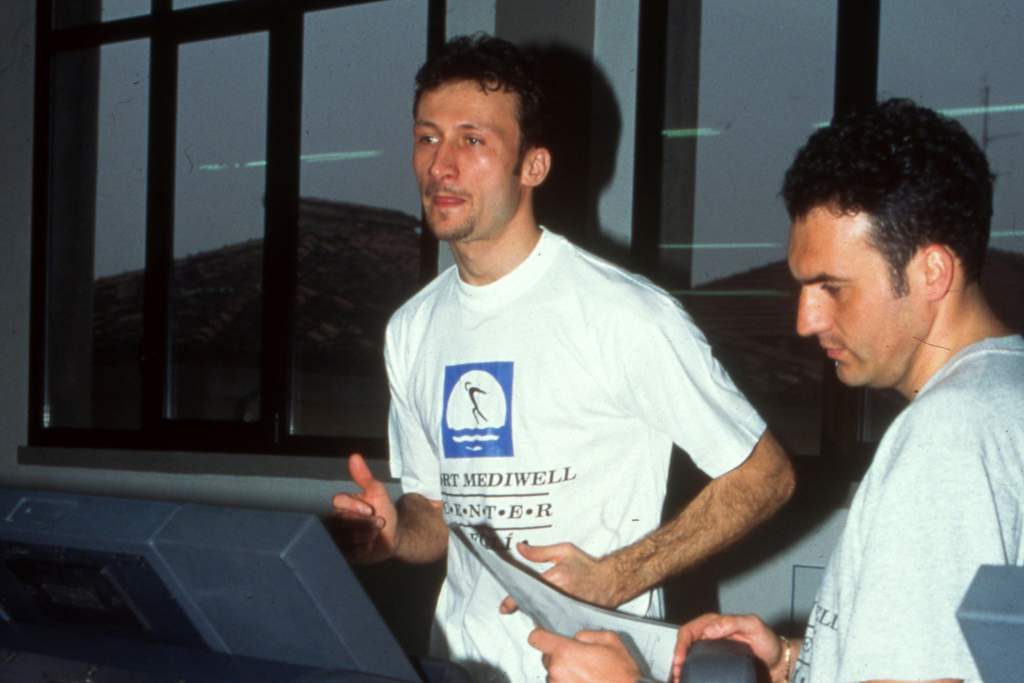
An F3000 title in the bag, a strong junior career and firmly embedded into a Benetton team which had taken both the drivers’ and constructors’ championships the year before, Sospiri seemed to have everything in place for a future F1 career.
The title of ‘F1 test driver’ by this stage had become something of a badge of honour for drivers. The role carried with it the trust and faith of the team to develop the car throughout the course of a season. Sospiri understood this and by the end of 1996, Lola came calling.
“Like many drivers, my dream was to become a Formula 1 driver,” Sospiri explains.
“We did everything we could with the budget we had, and we never had enough money to be fair. That was always the target and finally seeing the dream being realised was an incredible feeling, even though that the reality was not what was promised on paper.
“I had the opportunity to stay with Benetton for 1997 as a test driver but I wanted a race seat, and I had this offer from [Lola backer] MasterCard to sign for four seasons.”
Lola, a staple in motorsport and F1 for so many years, was one of the most trusted names in racing. When it launched its own F1 project for 1997 – one year earlier than its planned 1998 entry – it wasn’t expected to be an instant frontrunner, but it certainly wasn’t seen as a likely embarrassment.
Sospiri shared the optimism initially, but things soon turned sour for a project woefully underprepared amid considerable financial pressure from the very beginning.
“I was optimistic about 1997 and what Lola was delivering, because back then Lola was an historic name, the number one brand in motorsport and they decided to go into F1 as a team,” says Sospiri.
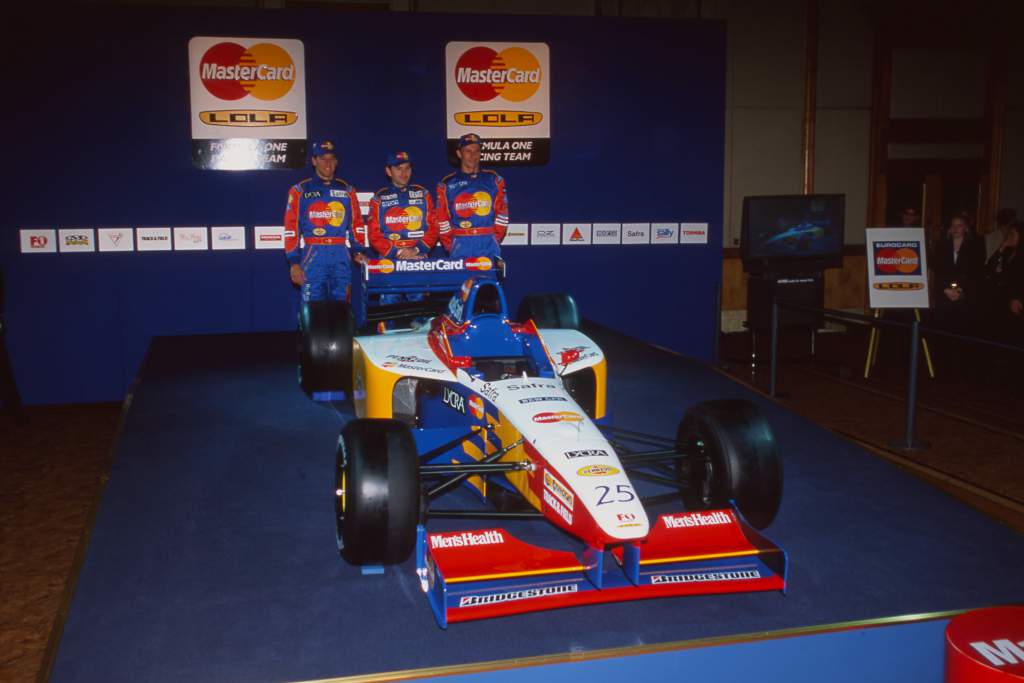
“So I thought it was very promising. They showed me on a piece of paper, they had this sponsor and this sponsor, a lot of backing.
“They told me that the first year would be hard because we went in with a very old engine, it was a Ford V8 engine and they didn’t want to invest so much money before the rules change in 1998.
“So, everything on paper was brilliant.”
The context behind the rushed debut stemmed from pressure from the commercial partners within the team to fast-track its plans by a full 12 months, meaning the car was severely underdeveloped.
“We knew we weren’t competitive, but we didn’t know it would be that bad” :: Vincenzo Sospiri.
It struggled to do any significant amount of testing laps and the Lola T97/30 was aerodynamically immature. But as Sospiri recalls, speed wasn’t the only thing the car lacked, reliability was also a major concern early on.
“We did a test at Silverstone where my car caught fire as I came out of the pits, it just caught fire,” he said.
“So, I couldn’t do the rest of the day. And then the day after, I only manage about nine laps, just out laps and in laps. [Team-mate] Ricardo [Rosset] did about 20 or 30 laps the first day and then another 20 or 30 laps on the second day, so we really didn’t know the car well at all.
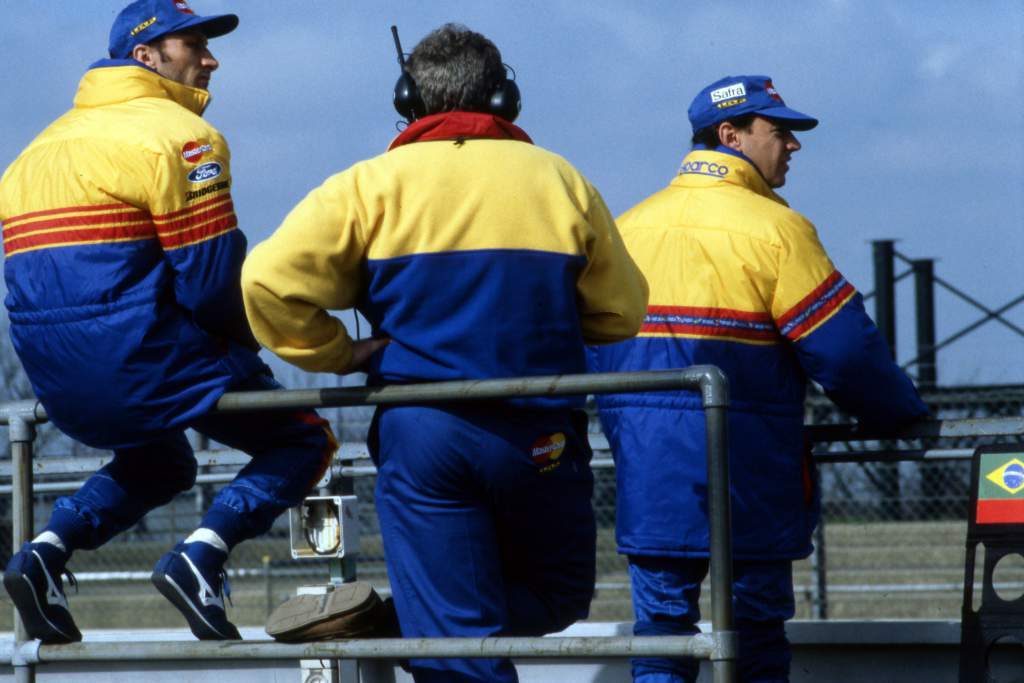
“But it was OK, we knew the situation, we knew that it would be hard the first year, that the car hadn’t been built with any windtunnel.
“We all knew the car wasn’t brilliant, but it was no problem because we had to learn all these things as a racing driver.
“I was planning to be better for the second year.”
Lola arrived at the first race in Australia knowing it would be the slowest car. But the harsh reality only began to dawn on the team in qualifying, when both Sospiri and Rosset were nowhere near the 107% cutoff, lapping 13s and 14s off the pace respectively and over 5s off 20th-placed Arrows driver Pedro Diniz.
“We knew we weren’t competitive, but we didn’t know it would be that bad,” reflects Sospiri.
“The car’s pace was probably the same or a little bit worse than a Formula 3000 car, but I didn’t care, I accepted it as part of the learning process. I didn’t expect the dream to be over by the second round.”
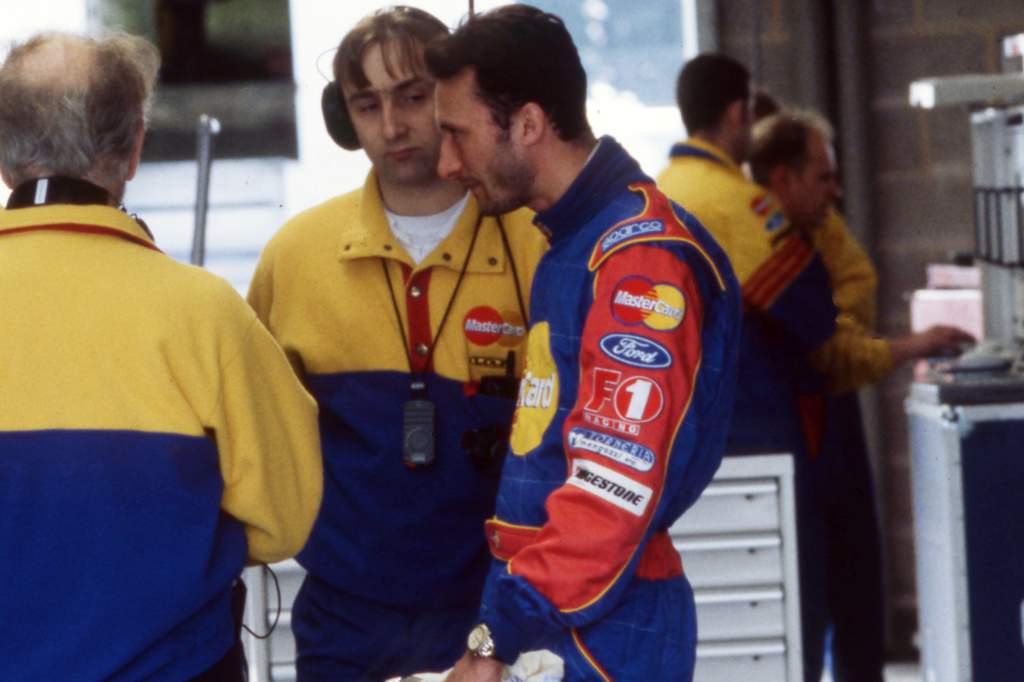
As the teams and drivers began preparations for the Brazilian Grand Prix, Sospiri figured something was up as he walked into the paddock on Wednesday morning. He had heard rumours of the Lola project’s uncertain future but only found out properly after he arrived at Interlagos.
The news was a veritable bombshell. MasterCard, the big money title sponsor which forced the early entry into F1, was gone. And with, the other sponsors followed suit. Sospiri’s F1 dream hit another stumbling block, just as he’d achieved it.
The incredible full story of just how the Lola project went so dramatically wrong is explored in this week’s episode of our Bring Back V10s classic F1 stories podcast.
“There was a lot of pressure from the sponsors, so they decided to bring everything forward,” Sospiri says.
“That’s what they told me anyway. They didn’t have time to do it correctly, and by doing everything one year early, that’s probably what caused the project to fail. The deals with the sponsors were also not closed properly and then everything went bust.
“I didn’t even know the team was closing down until I read about it in the newspapers.
“We had the car out in front of the garage on Wednesday morning, I thought, for a big conference to present the car for the future and so on. It was a horrible way to find out, I didn’t even get a phone call.”
But if Lola’s demise had been quick, Sospiri’s latest rebound was just as fast. The news had barely done the rounds by the time Vincenzo got a phone call.
It was America calling, more specifically, the recently founded Indy Racing League.
The IRL was in its infancy after the acrimonious split from CART Indycar which cast a controversial and bitter divide in US open wheel racing from 1996 to 2008.
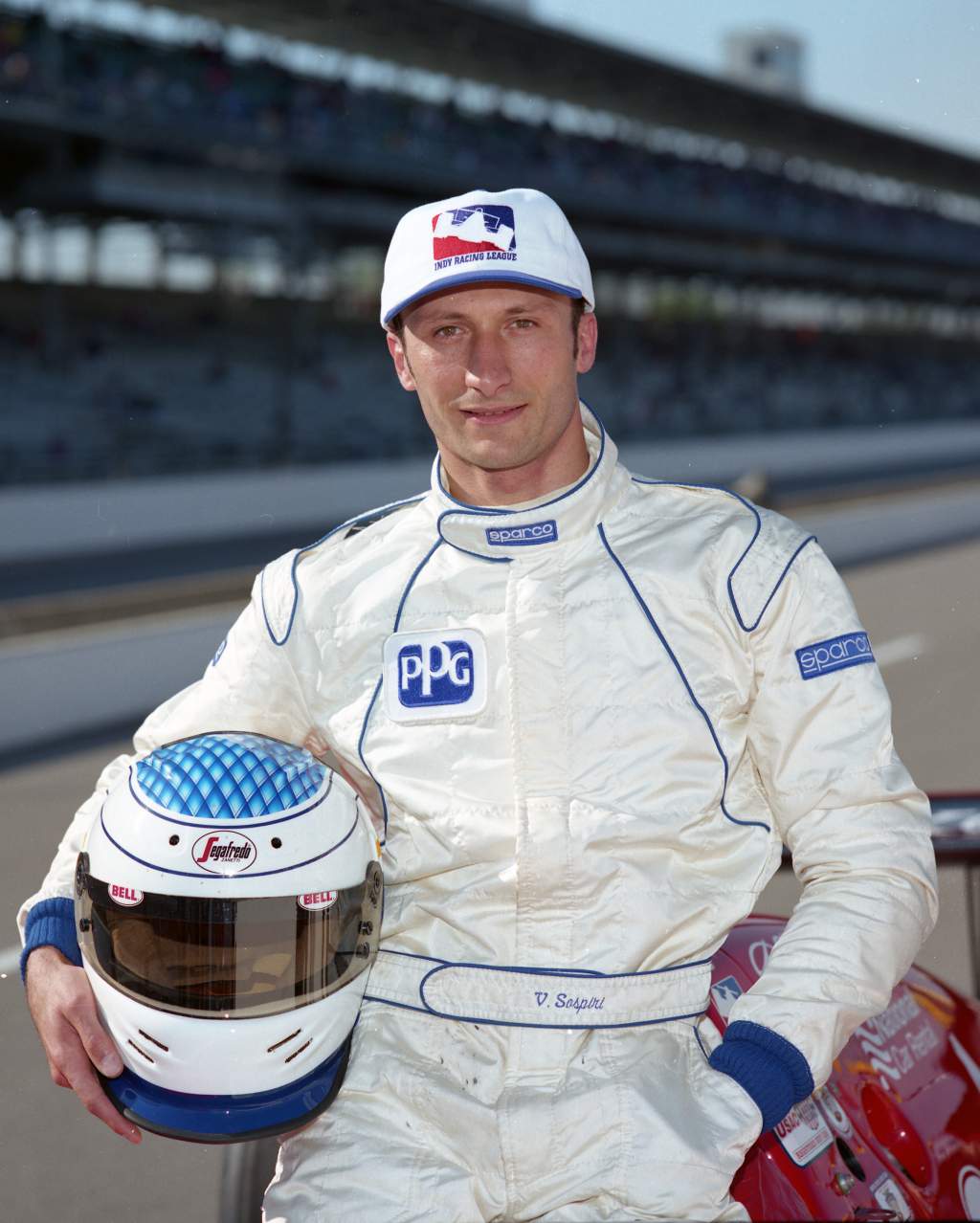
Sospiri, now desperate to race anything in 1997, picked up the offer from Andy Evans’ Team Scandia and made his debut at none other than the Indy 500.
Despite limited testing and up against a field including the likes of Arie Luyendyk, Tony Stewart, Robbie Buhl and Scott Goodyear, Sospiri qualified a sensational third on the grid for his first – and only – Indy 500 start.
“I was still in Brazil at the time and I received a phone call from an Italian journalist who was in America, and he told me: ‘OK, there is one team here looking for you, if you want to come over and do something in Indy’,” Sospiri recalls.
“I had done a test for that team the year before at Indianapolis, about 40 laps or so and I was really fast.
“It came naturally, I cannot tell you how I came to be so quick on ovals, it was quite easy to be fast” :: Vincenzo Sospiri
“Nothing happened after that because I went off to Formula 1, but I was told: ‘they will offer you the car, there is so much prize money, they can pay everything for you, so what do you want to do?’
“And I just said: ‘I’ll take it. So, I went home, put a change of clothes in a bag and went straight to Indy.
“I did the rookie test which I had to do because I was new, even though I had tested with them before, and everything went well.
“The race went really well too but unfortunately, we had an electrical issue, and we couldn’t finish.”
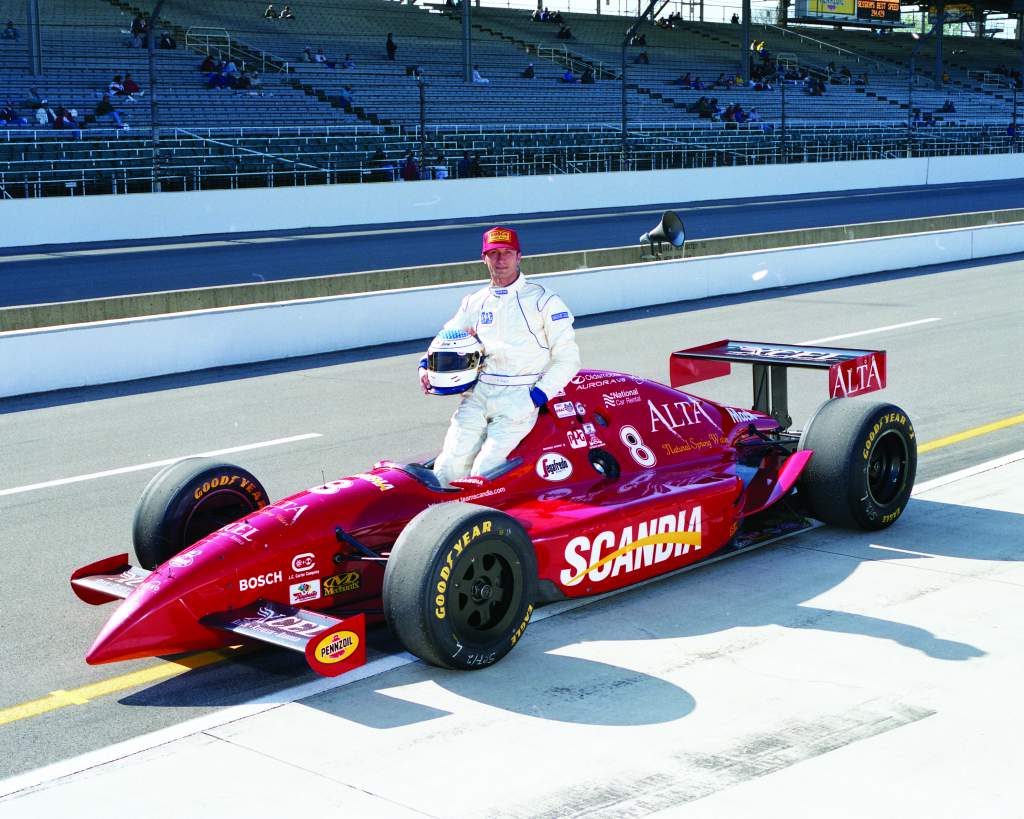
Sospiri quickly proved that his Indy form was no flash in the pan and recorded a ninth-place finish in just his third race at Texas Motor Speedway, before finishing sixth at Pikes Peak.
His fifth race nearly resulted in a first victory at New Hampshire, as he was challenging winner Buhl before heavy traffic cost him a shot at overtaking on the final lap.
So how had a driver coming from a road course background with just one oval test a year before become such a proficient oval driver?
“I’ve no idea to be fair,” said Sospiri. “But it didn’t take me long to get used to it, to build up the speed.
“I was pretty fast on ovals straight away, really. Everyone I spoke to at the time as well seemed to be quite shocked.
“I tried to prepare myself for it by asking people about oval racing and they all said to me that it was a different mentality, different type of driving, there’s all the traffic on an oval, and all that.
“And on my first mile oval race, I would have won it if I hadn’t got stuck in traffic near the finish.
“It came naturally, I cannot tell you how I came to be so quick on ovals, it was quite easy to be fast. The car of course brilliant and the team was unbelievable so that helped.”
Arriving in the US, Sospiri found the laidback culture a refreshing change to what he had experienced on the road to F1 in Europe. The set-up at Team Scandia was also a pleasant surprise, with Sospiri striking up an effective relationship with chief mechanic Mark Wilder.
“The team was great; they had taken over from another team [Dick Simon Racing], so the car was theirs and a lot of the staff were from the other team. Mark was the number one mechanic, and he was brilliant. It was kind of like a team within a team and they prepared the #5 car very well.
“There was also [long-time IndyCar team owner] Dick Simon, who was my engineer. An incredible man and he taught me a lot about the car, how to set it up, how it works lap-by-lap, grip levels and all that.
“I listened to him all of the time and he taught me everything. That’s why I was so fast straight away in the car because he prepared so much before I even got in the car.”
Learning the ovals, Sospiri says, came naturally and he was quickly accustomed to driving to the edge of the car’s limit.
Some may scoff at the technique and training required to essentially drive in a circle, but oval racing is a misunderstood art that demands as much precision and consistency as it does bravery.
Sospiri had bravery in abundance and even used it to prove a point to his team during a private test following the Indy 500, as he got to grips with the inner workings of his new car.
“After the Indy 500, we did a private test, and I didn’t have the same crew anymore because they were only there for Indy.
“I realised that the car would not take a corner flat, so I told the team that I was lifting the throttle because there was a small bump on the entry to Turn 2.
“We put the car on the scales nine times, and after, everything was perfect. They said to me: ‘look, everything is perfect, if you need more time [to get used to the car] …’ and “I said: ‘hang on, you think I’m scared to take the corner flat?’ ‘No, no, no,’ they said, and I told them to go into the grandstand on the exit of Turn 1, I would go back onto the track, do three laps, hit the bump and go into the barrier. ‘No way is it possible, the car is perfect’ I was told.”
Sospiri went back out and did two full laps before taking Turn 1 flat on his third attempt. The inevitable happened. He hit the bump and spun wildly, narrowly avoiding the concrete barriers.
“I don’t know how I managed not to hit any barrier, but I was spinning, spinning, spinning. I finished spinning around 700 yards after the corner, on the grass.
“I got the car back to the pits and the engineers came running in saying: ‘OK, stop the test, stop the test. There is something wrong with the car’.
“I didn’t care if I hit the wall, I needed to just prove that something wasn’t right with the car. They stripped the car down and realised that a little stone had blocked the right-rear damper on the bump.
“Of course, I knew that there was a problem with the damper because I could feel it in my ass. My engineer came back white as anything and he asked me if I was alright. I said: ‘yes, so are you going to change it or not!?”
Sospiri was offered a chance to stay on with Team Scandia for the 1998 IRL season after his impressive part-campaign.
But F1 was still the main target and Sospiri returned to Europe to pursue his dream. He dabbled in sportscars during the next two years, winning the Sports Racing World Cup in a Ferrari.
He also made four CART starts back in America in ’98, with Dan Gurney’s All American Racers team which ran its own Eagle chassis.
Sadly, the F1 dream never came true, but Sospiri doesn’t have any regrets about snubbing an IRL drive as he attempted to get back on the F1 grid.
“For sure, looking back on it now, I could have had a nice time in 1998 with that car, but it didn’t have the same sensation as an F1 car,” he said.
“The IRL cars were fast, nice to drive but they weren’t the same. My goal was always to be an F1 driver so that was why I decided against continuing in IRL, chasing the dream.”
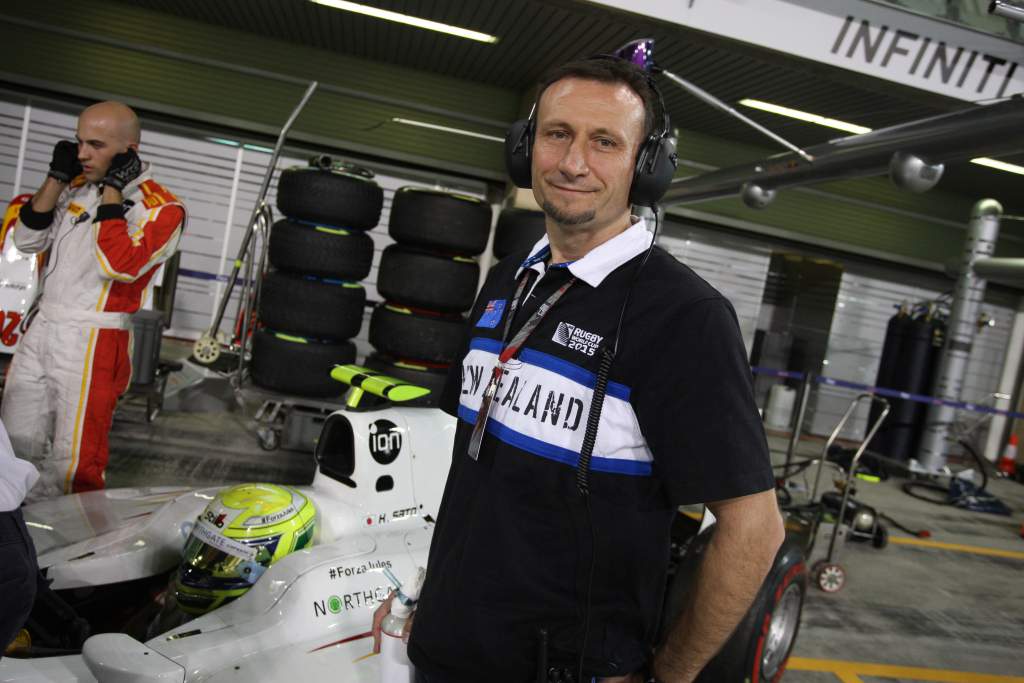
Nevertheless, Sospiri’s time in the States left a marked impact on him.
“They are beautiful tracks and very wild! A lot of them were built in the 1960s and more or less stayed the same, properly old school tracks that punished mistakes.
“Sometimes, one mistake means you lose a wheel, sometimes it meant you lost a leg or something.
“The ovals were really exciting, and it takes a lot of a driver to be fast on them. Those sorts of tracks, you really find out if a driver has big balls or small balls!”
Once his career eventually faded, Sospiri turned from driving to management. He took over the Euronova team and ran it in Italian Formula 3000 before striking up a partnership with Lamborghini’s customer racing department in 2015. Sospiri has run cars in the Lamborghini Super Trofeo one-make championship as well as in Italian GT, International GT Open and Super GT in Japan.
As he looks back on his tumultuous 1997 season, what does Sospiri think could have been done differently?
“Nothing really,” he says.
“[The Lola drive] was a great opportunity, I had always dreamt of getting to F1 in a race seat and I didn’t want to be a test driver for another year.
“It was the right decision because it was an F1 seat.”






